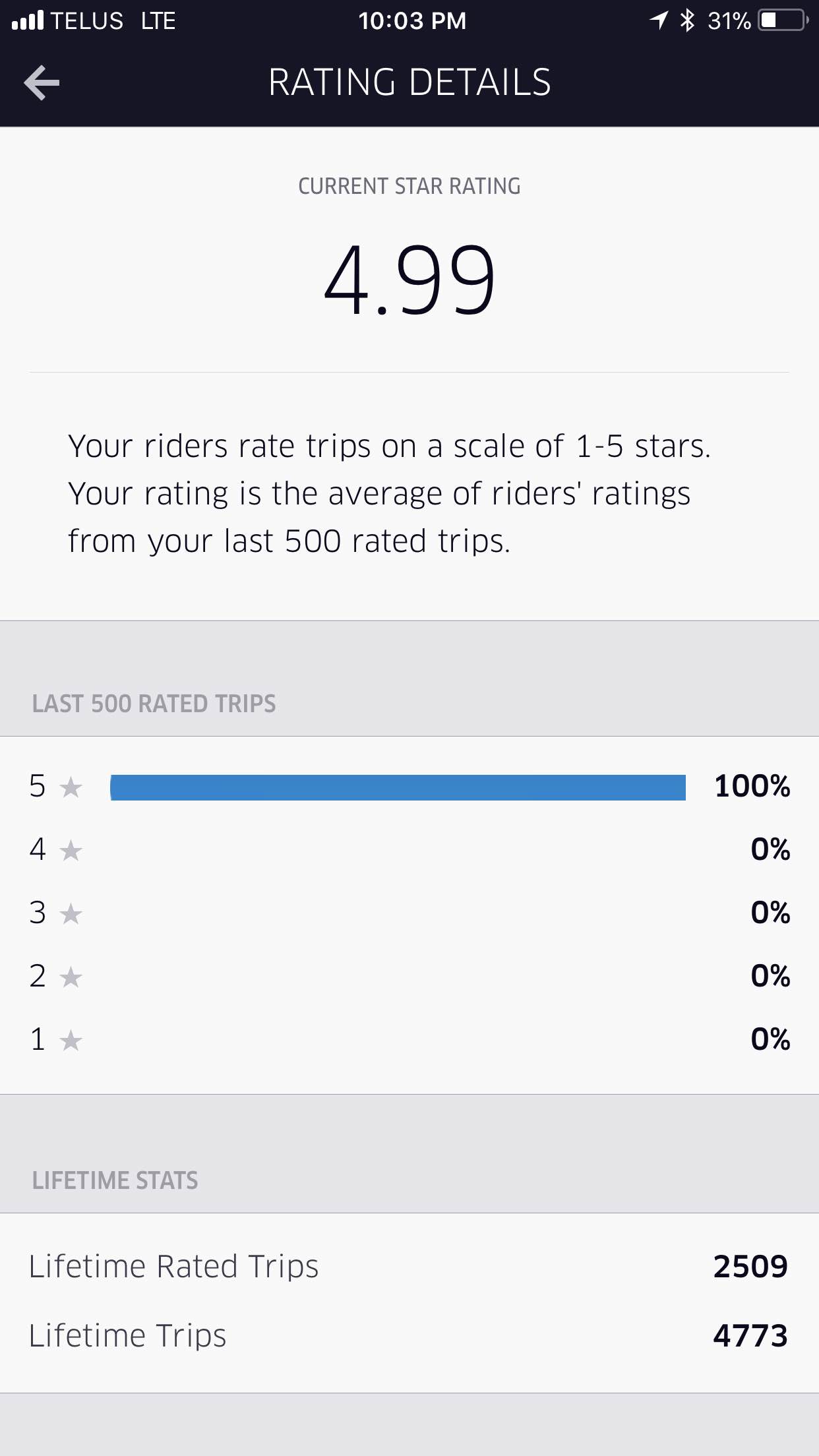Watch out, world.
Bookstores are making a comeback.
According to Harvard University, after Amazon launched in 1995, the number of independent bookstores in the United States plummeted by 43 per cent in only five years. But now, right alongside high-waisted jeans and record players, bookstores are making a comeback.
The American Booksellers Association reported a 35 per cent growth in the number of independent booksellers. Why? Well, according to Ryan Raffaelli, an assistant professor at Harvard Business School, the increase can be attributed to the ‘3 Cs’: convening, curation and community.
I was flipping through an issue of Monocle Magazine a few months back that ranked the world’s most livable cities. And what was one of its criteria? The number of independent bookstores.
I thought that was an ingenious little variable that does indeed make cities so much more livable. What else connects us so deeply with local business owners, fellow book lovers, and our incredible shared earthling history and culture?
Bookstores are a central public hub for events. Toronto’s oldest bookstore Glad Day bookshop hosts drag-themed brunches, Indigo offers talks and signings with authors including Jodi Picoult, James Frey and David Sedaris, and the Toronto Public Library often hosts author talks and Q&As with disreputable authors including myself. I’ve even hosted episodes of my podcast 3 Books in bookstores, including my conversations with Dave Barry at Books and Books in Coral Gables, Fla., and with Judy Blume in her own bookstore down in Key West.
And, nevermind events, they’re a central public hub for books. They are chock full of two-inch thick compressed volumes of the best thinking from the best brains in the history of the universe. All thoughtfully laid out on tables and shelves in front of you.
I love talking to the staff, who work until midnight every night of the week, at Seekers Books in the Annex; getting a book from the world’s first Biblio-Mat (book vending machine) from The Monkey’s Paw on Bloor St. W. in Dufferin Grove; and staring at the incredible graffiti wall upstairs at Mables Fables on Mount Pleasant Rd. where children’s book authors have drawn doodles and cartoons for more than 30 years. I get a sense of home, comfort and intimacy from bookstores that a computer will never replicate.
When I interviewed Chris Anderson of TED on my 3 Books podcast he explained that one of the goals of the TED conference is to provide a huge amount of incongruent ideas that stir together in your brain in unique ways so lightning bolt ideas flash and process. That’s what bookstores do too. You walk past Seneca’s letters on minimalism from 2,000 years ago before flipping through modern art books on forest therapy before getting sucked into a brand new novel by someone you’ve never heard of and would never have found any other way.
And, can I get something else off my chest?
I hate online recommendation engines.
There, I said it.
They just recommend the same 25 books to me over and over again.
What I want is someone who knows me, who has sold me books for years, who knows what I like, knows what I don’t, knows what I find too hard, and, maybe most importantly, knows what I’m going through right now. Sound impossible? It absolutely isn’t. I can spend hours getting suggestions from Sarah at Another Story Bookshop on Roncesvalles Ave., Lorna at Indigo Manulife Centre, or Kyle at Type Books on Queen St. W. In fact, on my nightstand right now I have Cherry by Nico Walker, The Wild Robot by Peter Brown, and The Secret Life of Cows by Rosamund Young. All recommendations from these three booksellers.
Let’s go back to Glad Day bookshop which I mentioned earlier. Not only is Glad Day Toronto’s oldest bookstore, but it’s also the oldest surviving LGBT bookstore in the world.Glad Day was founded in 1970 by Jearld Moldenhauer, who ran the bookstore out of his home in the Annex. Word spread that it was a safe space for members of the LGBTQ community to express their love of reading and purchase books and the store eventually moved to a house in Kensington Market, then to Yonge St., and eventually to 499 Church St.
Doesn’t that say something about what bookstores represent?
A place people come together, a place to share thoughts and ideas, and a safe escape from our sometimes overwhelming now into a different path, a different mind and a somewhat tangential narrative of life that we get to simply slip into for a while.
Who cares?
Well, books help us develop empathy, compassion and understanding for each other. Critical skills for any parent, teacher, or leader. The Annual Review of Psychology published a groundbreaking report in 2011 that stated books are medicine. Books are medicine! They create empathy and intimacy and happiness. Turns out our brain’s mirror neurons fire when we read about new experiences because we feel like we’re there.
It’s that line by George RR Martin: “A reader lives a thousand lives before he dies … the man who never reads lives only one.”
Books are my favourite vacations, book lovers are my favourite people, and bookstores are my favourite places.
Our city is full of so many incredible bookstores.
I hope to see you at one of them soon.
An earlier version of this article originally appeared in the Toronto Star.





